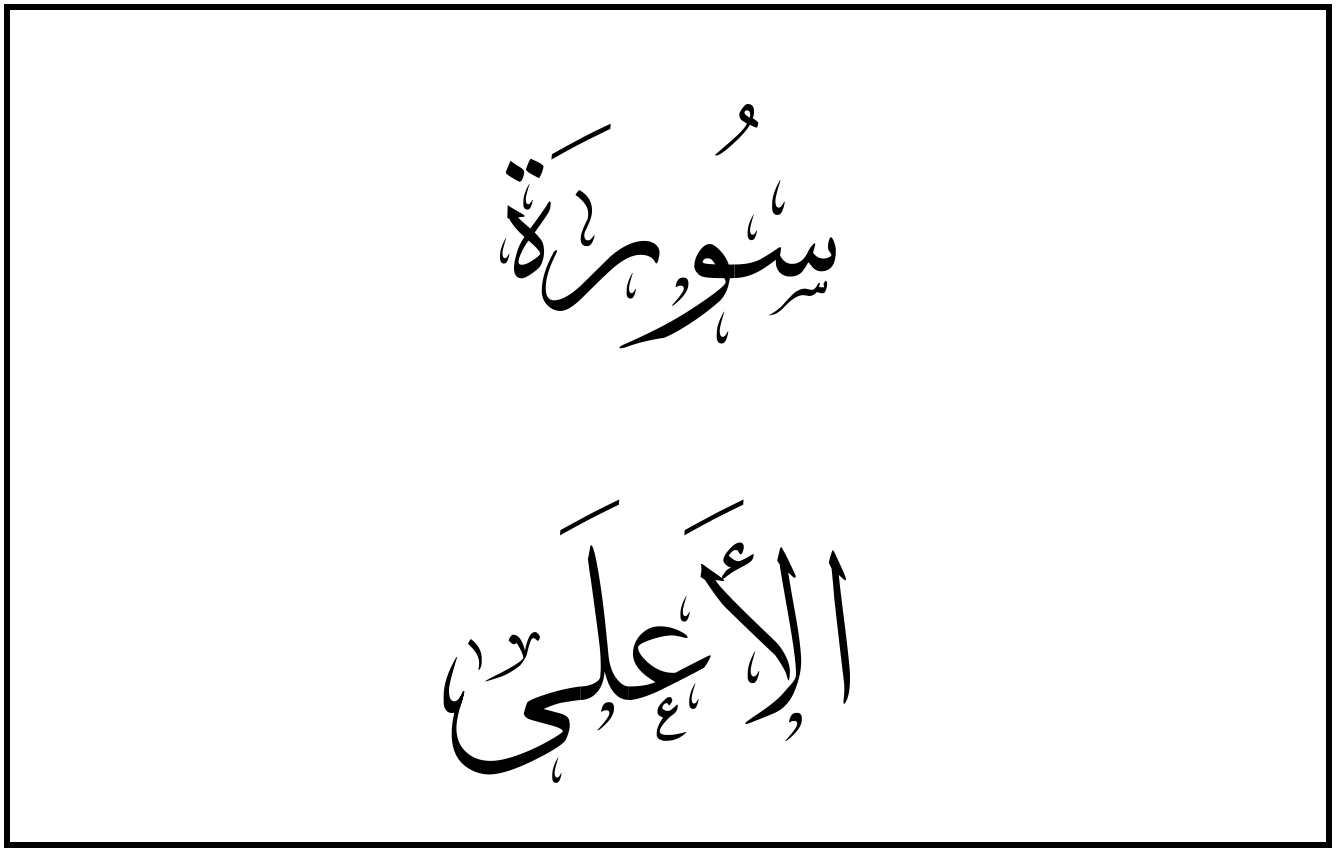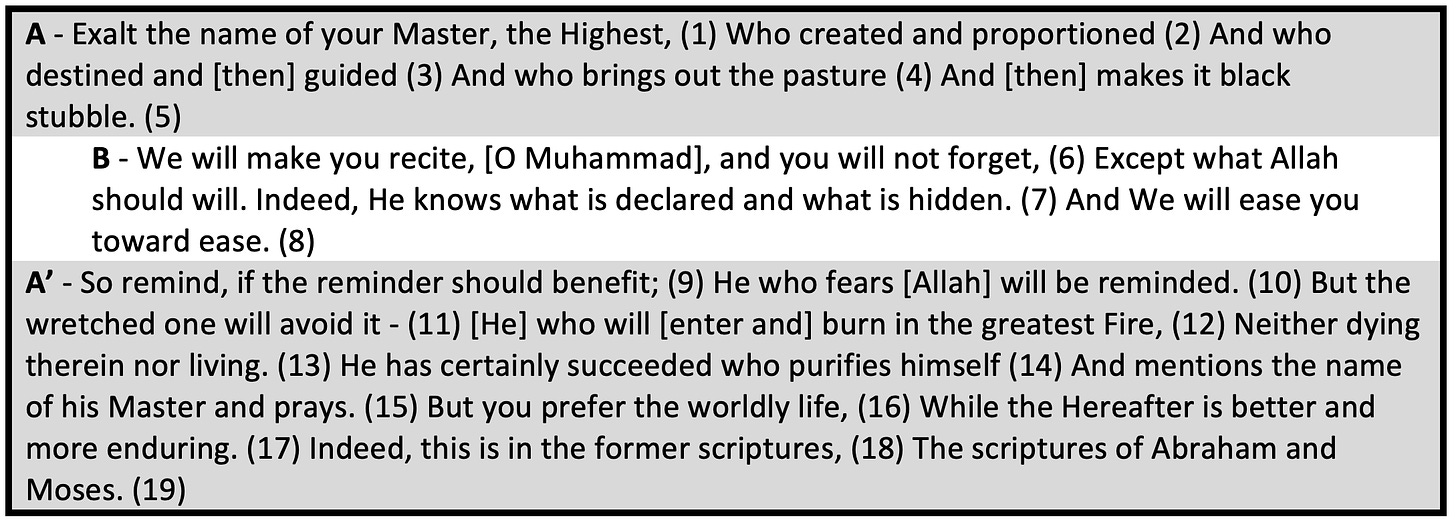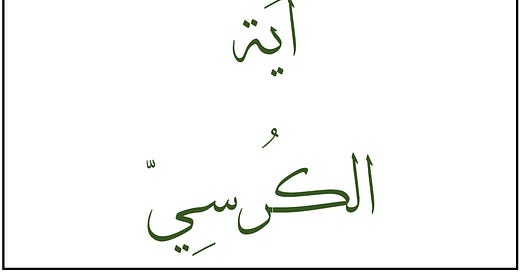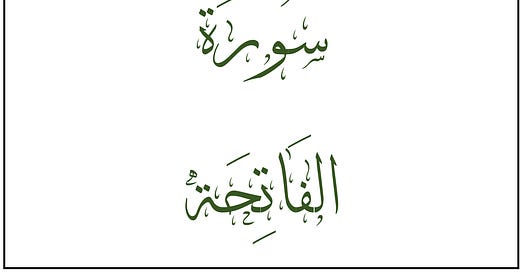

Discover more from Heavenly Order
Sūrat al-Aʿlā (The Highest) is a Makkan sūrah said to be from amongst the earliest revelation. As such, there is a focus on describing Allah ﷻ, as well as giving reassurances to the Messenger ﷺ. It has been observed that the sūrah is organized into a ring structure.1
Or summarized by section:
CONNECTIONS2
[A]/[A’] – The Messenger ﷺ is first commanded to declare the perfection of Allah ﷻ, which means to declare Him as “the Highest.” We must disassociate all lowly attributions one may try and ascribe to Allah ﷻ, the One who created us, guided us, and allows us to live. Contrast this with the sūrah’s ending which commands the Messenger ﷺ to admonish his people for their character flaws, while also praising the one who “mentions the name of his Master and prays.”
There’s also a subtle connection between the description of Allah ﷻ as the one who “brings out the pasture and then makes it black and stubble” and the accusation of preferring the worldly life while “the Hereafter is better and more enduring.” The former alludes to life and death, and the latter speaks of this life and the next life (after death).
[B] – The center of the sūrah reassures the Messenger ﷺ who is early in his ministry that the Quran will not be difficult for him to remember, despite it coming down in parts and out of its destined final order.
Furthermore, each section can be broken down into individual structures.3 Section [A] appears to be a mirror structure.
CONNECTIONS
[A1]/[A1’] – The One who created and proportioned us is equally capable of creating the food we eat. But if we take the latter part more metaphorically, then the life and death of the pasture is a sign for us to reflect on our own mortality. Allah ﷻ only mentions our creation in the first part, so our death is referenced in the end of this section.
[A2]/[A2’] – Our decree is intimately tied to our guidance. Allah ﷻ guides whom He wills, though as we learn elsewhere in the Quran, Allah ﷻ also guides whomsoever wants to be guided.
Section [B] is also possibly set up in a simple mirror structure.
CONNECTIONS
[B1]/[B1’] – The Messenger ﷺ was worried that he would forget the revelation coming to him, especially because it was not being recorded in writing in the very early years of the mission. Allah ﷻ makes sure to tell him that he will not forget any portion of it. Allah ﷻ will make it “ease” for the Messenger ﷺ.
[B2]/[B2’] – Simple contrast between the apparent and hidden.
Section [A’] has also been shown to demonstrate its own ring structure.
CONNECTIONS
[A3]/[A3’] – The Messenger ﷺ is commanded to remind his people. A reminder implies that they have heard this message before, which is why the sūrah ends with a reference to the revelations of Abraham and Moses, the two prophets whom all People of the Book can agree to draw guidance and inspiration from.
[A4]/[A4’] – We are told that the “God-fearing will take heed,” but it is the connection section which details whom the God-fearing are; pure of heart and one who recalls the name of his Master and prays.
[A5] – The center of this mini-section describes the ones who did not benefit from the reminder, which means they were not God-fearing. These people are “unfortunate,” “will burn in the Great fire” and will taste neither life nor death for eternity.
And Allah ﷻ knows best.
Farrin, Raymond K. “The Composition and Writing of the Qur'an: Old Explanations and New Evidence.” Journal of College of Sharia and Islamic Studies (2020): Print.
The connections are not mentioned by the author, so I am attempting to explain them on my own.
The structures for Sections [A] and [B] are my own. Section [A’] comes from the original paper referenced above.
Subscribe to Heavenly Order
Exploring the Divine Structure and Coherence of the Quran. Join us as we dismantle the myth of the "disjointed" and "random" organization of Islam's Revealed Text.
















